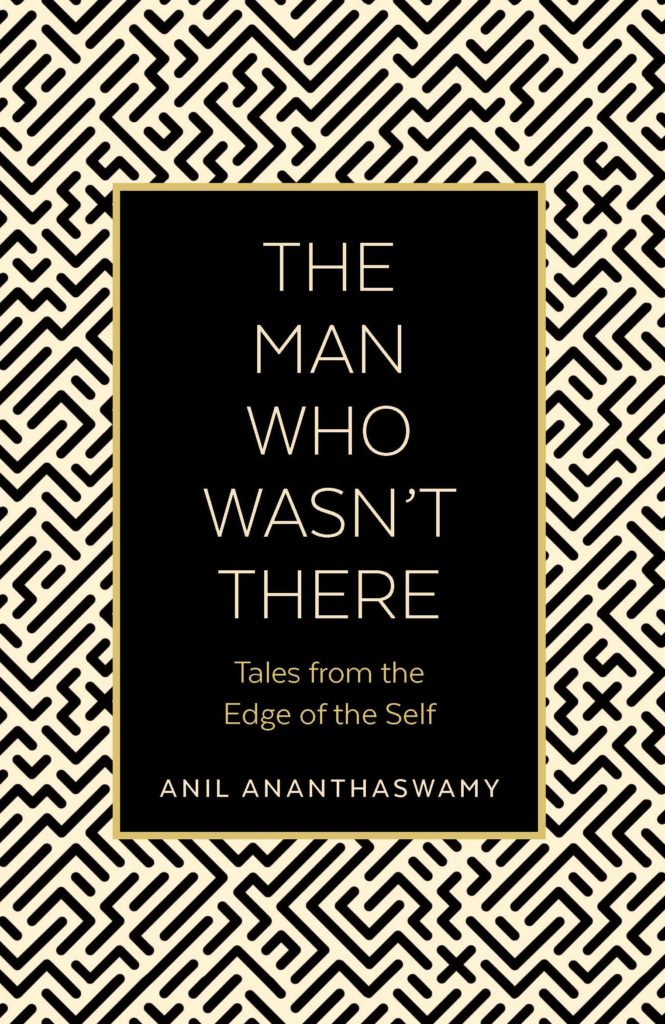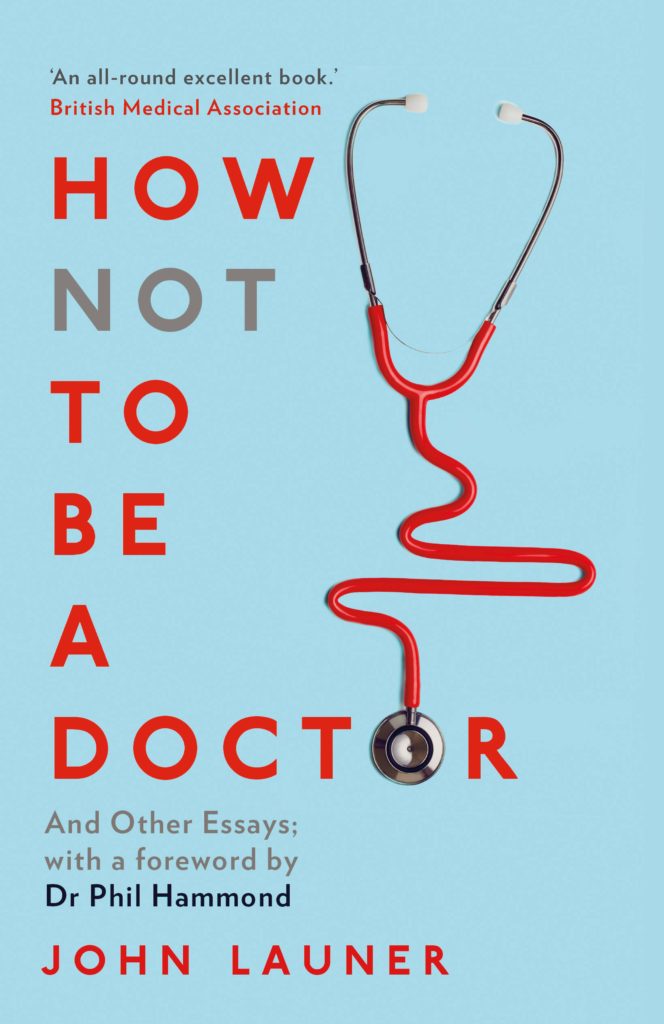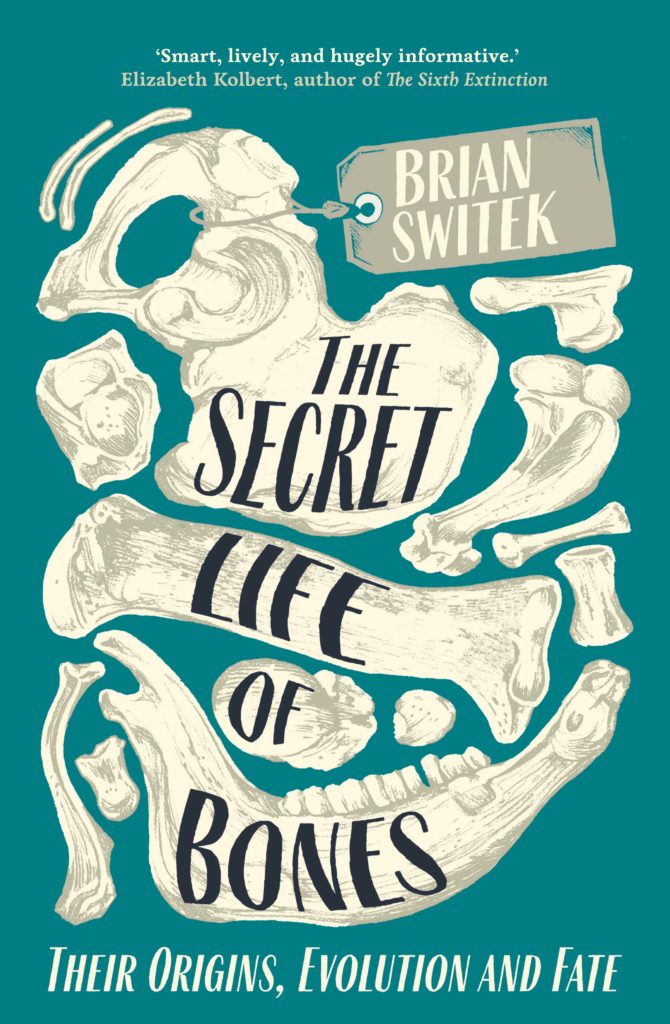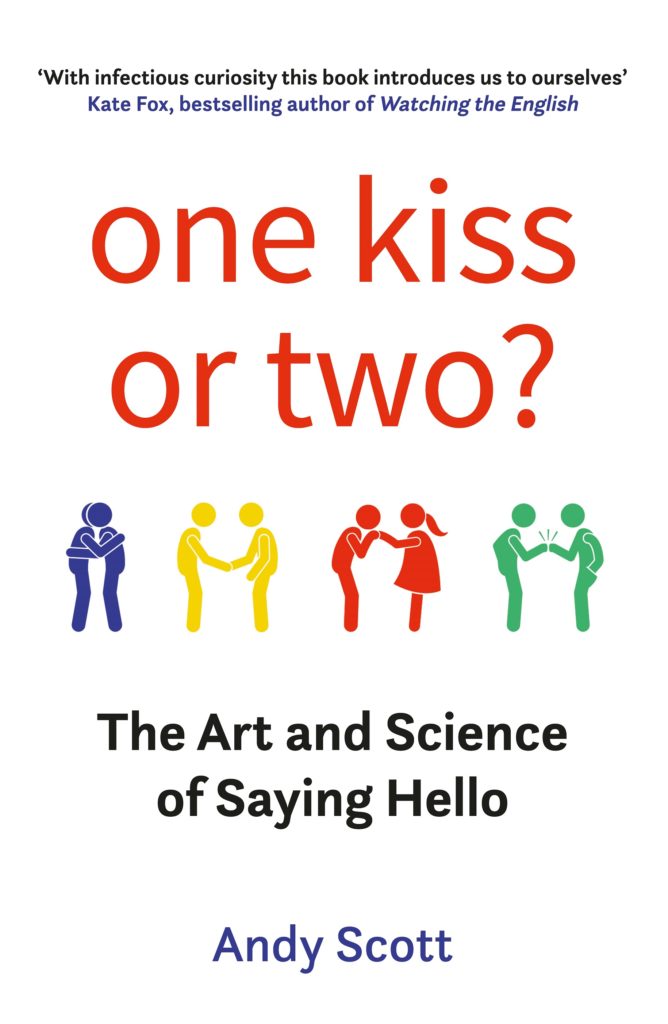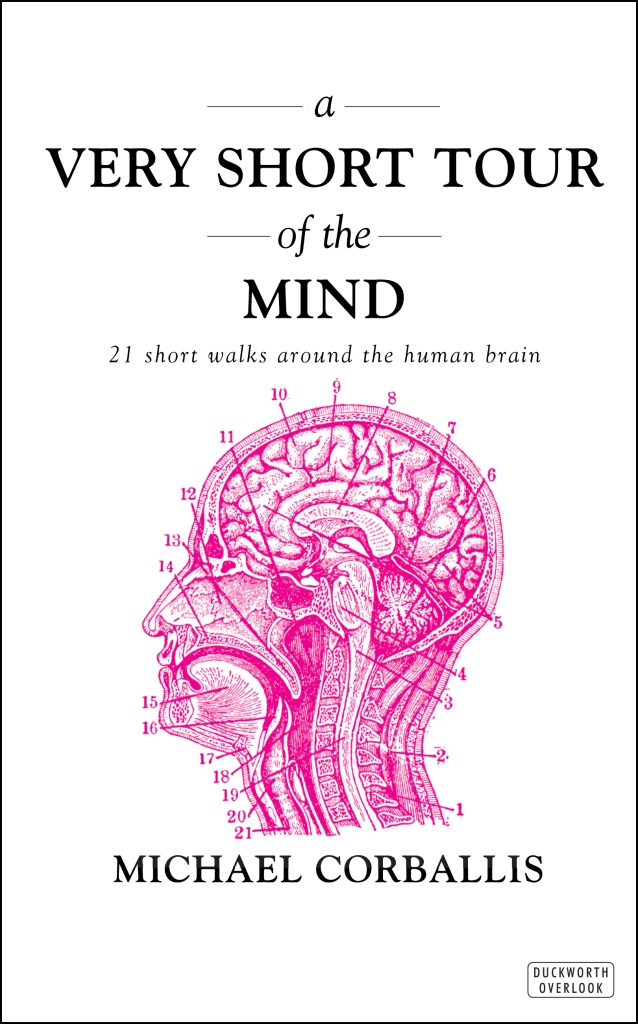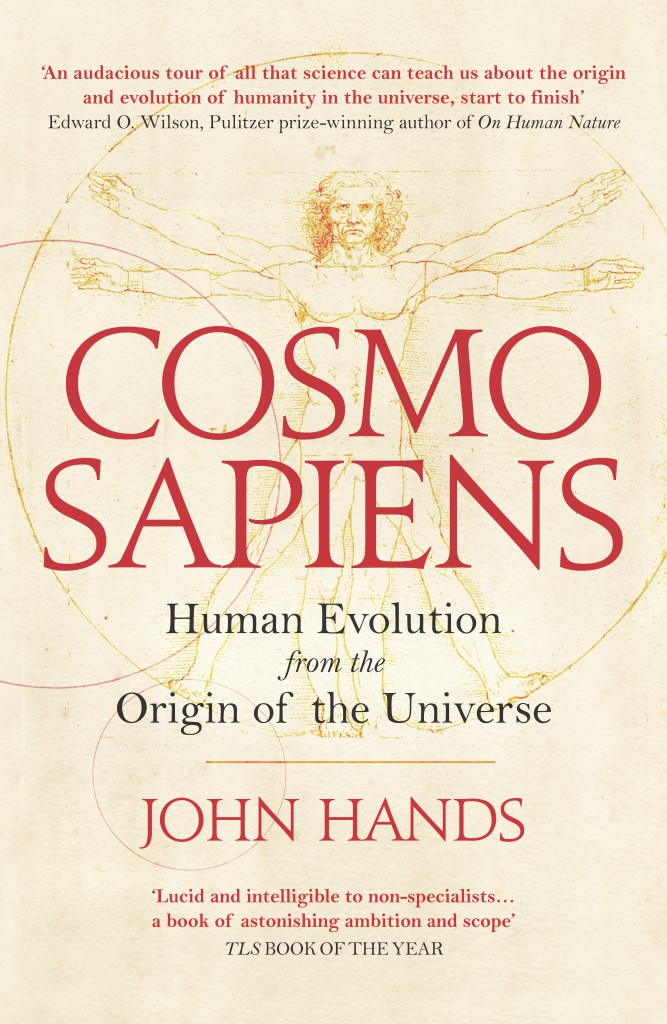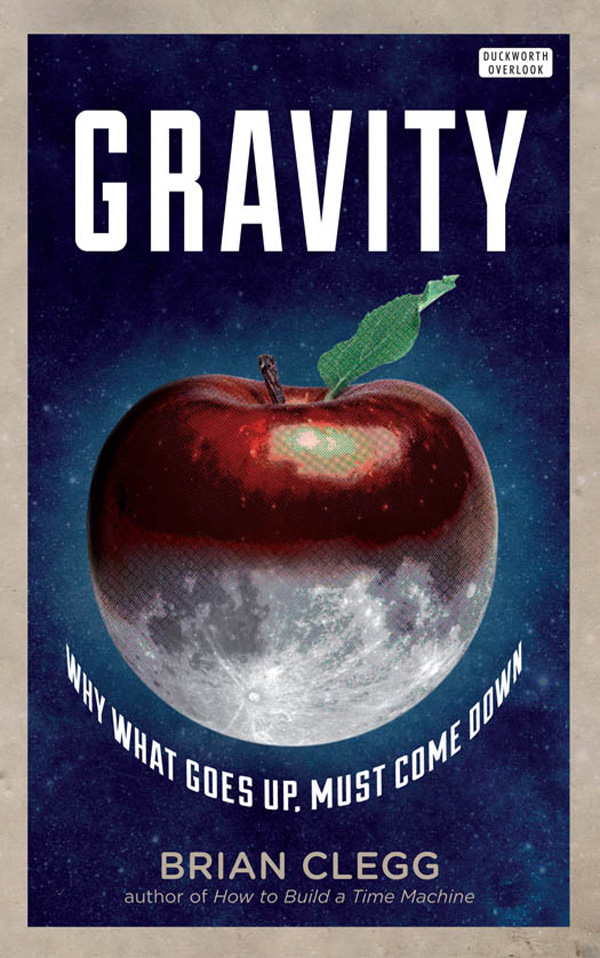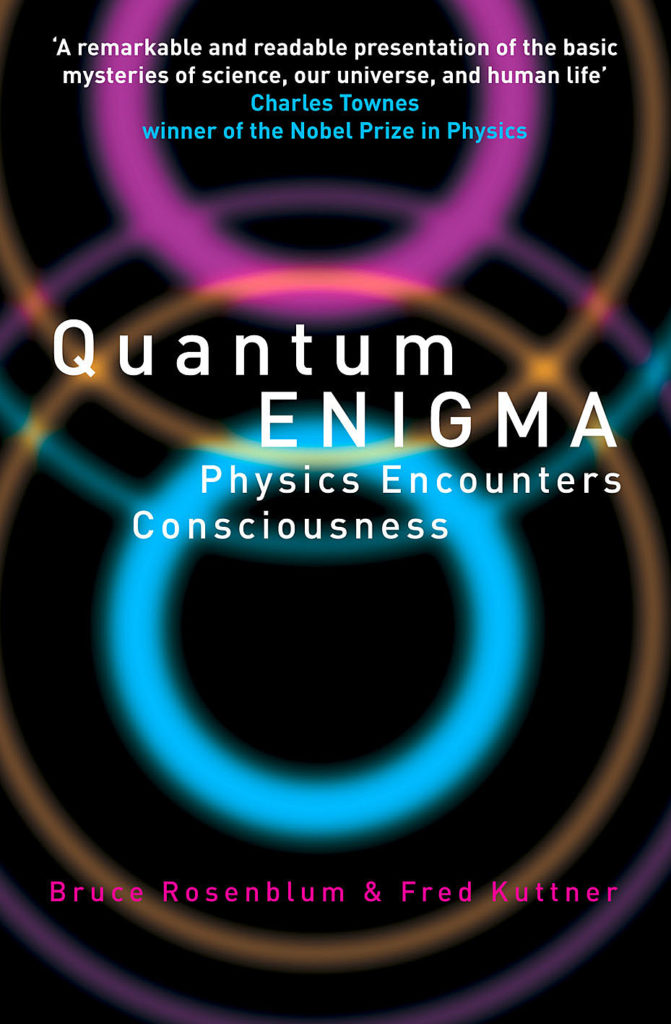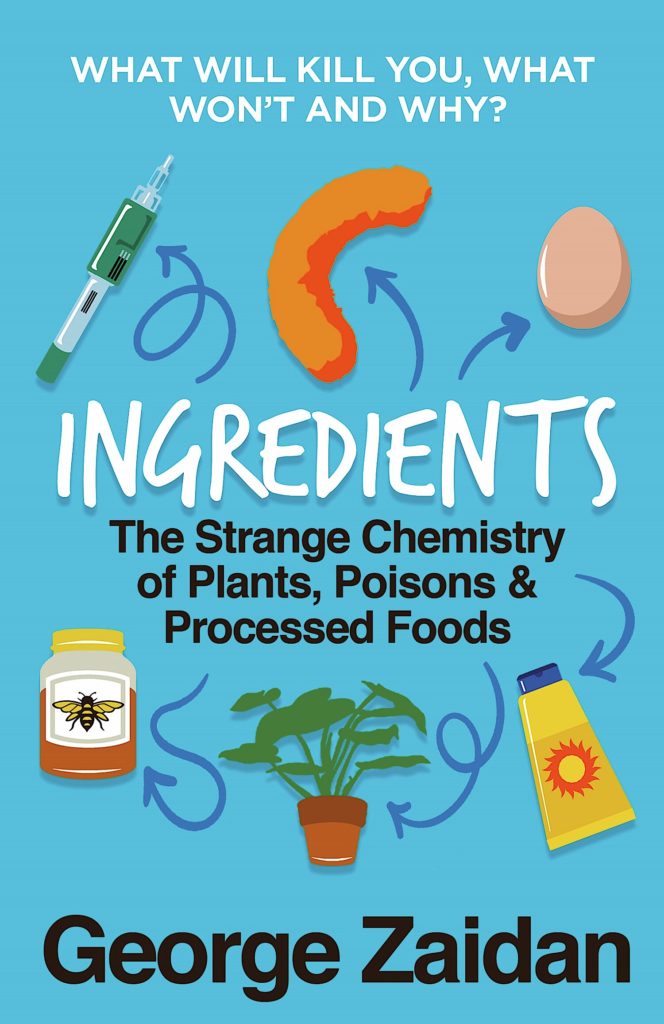
Cheese puffs. Coffee. Sunscreen. Vapes. Hand sanitiser. George Zaidan reveals the weird science behind everyday items that may or may not kill you, depending on whom you ask.
If you want easy answers, this book is not for you. But if you’re curious which health studies to trust, what dense scientific jargon really means, and how to make better choices when it comes to food and health – dive right in!
Zaidan makes chemistry more fun than potions class as he reveals exactly what science can (and can’t) tell us about the packaged ingredients we buy in the supermarket. He demystifies the ingredients of life and death – and explains how we know whether something is good or bad for you – in exquisite, hilarious detail at breakneck speed.
